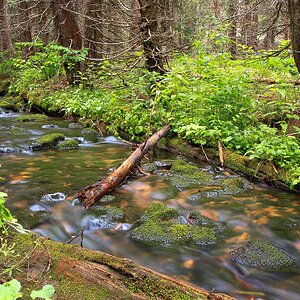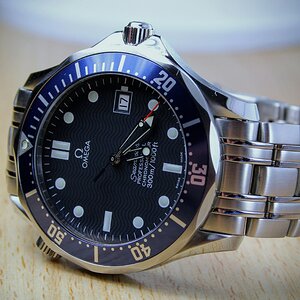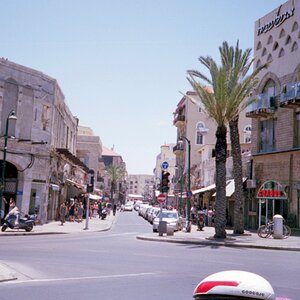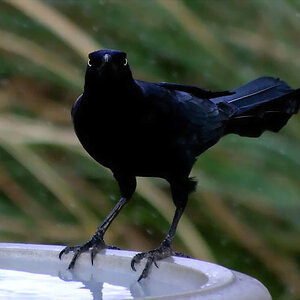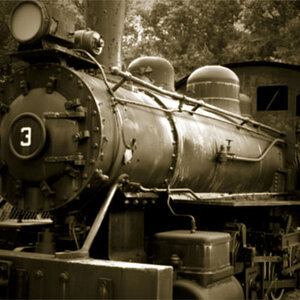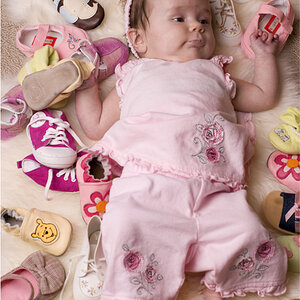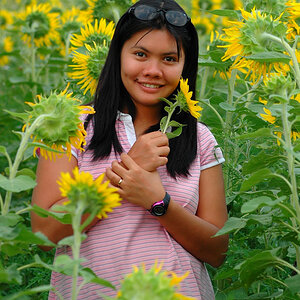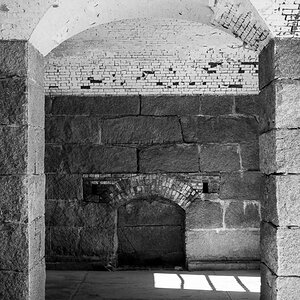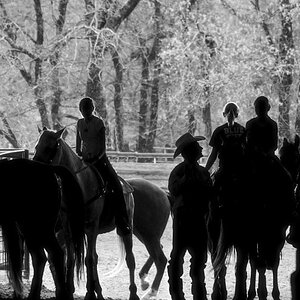Danny_511
TPF Noob!
- Joined
- Jul 30, 2012
- Messages
- 160
- Reaction score
- 6
- Location
- Illinois
- Can others edit my Photos
- Photos OK to edit
Im not sure how to explain this but basically, on may 17th Columbia College is having a festival/concert thing and one of my favorite artists is performing. My comfort zone is normally portraiture and street photography so, concerts are a whole new world for me. It'll be at about 6:25-7:10 so the golden hour sunlight would just be setting in. Idk whether to use a speedlight or bump my ISO up, should i shoot manual or is Program ok? Im fairly new to manual mode by the way. Any tips for concert photography would be really helpful.
Sorry I kind of rambled, I just dont know what to say. Thanks in advance
Sorry I kind of rambled, I just dont know what to say. Thanks in advance


